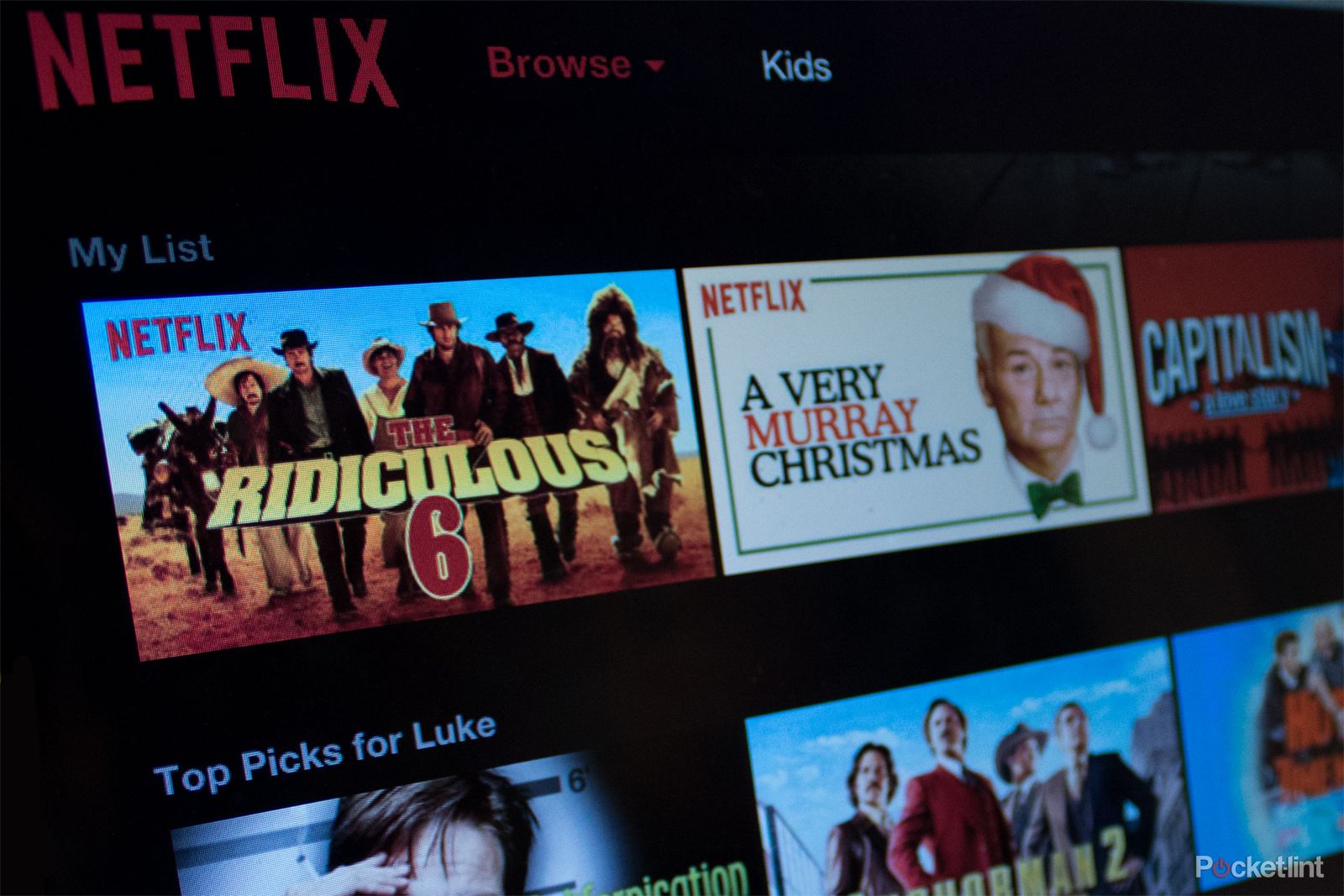Netflix has done it again, helping to change the internet with its algorithm writing smarts. This time it's changed the way videos stream, to cut down on file size and therefore required bandwidth, while improving quality.
The new Netflix algorithms have been the focus of much effort since way back in 2011. The result are videos that can now use 20 per cent less bandwidth without losing quality.
This paves the way for expansion around the world as well as pushing the boundaries of quality even further.
All that and it's already here.
How does Netflix work now?
Netflix noticed that it could save bandwidth by encoding its files separately, on a per-title basis. Currently no matter what the type of film or show is, it will be encoded into a few file sizes to suit varying connection speeds.
Before the new technology, Netflix has been sending all video types out with different bitrate variants: 235kbps for slow connections topping out at 320 x 240 resolution, 1750kbps for 1280 x 720, 4300kbps for Full HD (it is said) and 5800kbps for Ultra HD.
How can it change?
But a cartoon like My Little Pony doesn't require the same amount of data to encode as a film like Avengers Assemble, say. With a cartoon the sky might be all one colour, which can be repeated easily at low data cost. Whereas a film like The Avengers has constantly shifting variation in scenes, so each part of the screen requires a different bit of code. So encoding files independently, to suit their type, makes more sense.
Netflix has already been testing the new streaming method with users, who have apparently not noticed the difference in quality. It could even up the quality in more action intensive scenes thanks to the extra attention given in encoding them.
One result is that Netflix can take up less bandwidth on the internet, making it a "good custodian", as algorithms manager Anne Aaron describes it. It also means the company will be able to move into less developed markets, with poorer internet connections, more easily.
Netflix duked it out with internet service providers publicly in the past, with providers demanding Netflix pay more for all the bandwidth it uses. Netflix since caved in on the argument and paid out. This new bandwidth efficiency should help the company avoid that fight again in the future.
How is Netflix encoding the new files?
Rather than go through each movie and TV episode manually, which would take far too long, Netflix has developed an automated system.
This was done in conjunction with researchers at the University of Southern California and the University of Nantes and the UT Austin. All the brain power has resulted in an automated system that simply requires lots of computing power to crunch out the files.
Netflix works in the cloud, using servers owned by Amazon to crunch its data. So while these mega machines are churning out entertainment in the day, once you hit the sack they're set to encode the new file types overnight.
When will the new system be working?
Netflix has already added quite a few of these per-title encoded files to its library. It says that the entire catalog should be re-encoded by Q1 of 2016 at the latest.
The most popular videos will be done first with thousands expected to be ready in time for Christmas.
What's next for Netflix?
Cutting down bandwidth for 1080p video is just the start. There's then 4K quality, HDR and HFR to come. Having this per-title system should help to make streaming all that detailed data more manageable.
Netflix is now looking beyond per-title and at scene specific encoding. Since a single film could have wildly varied content, it makes sense to encode at an even more detailed level. We can only imagine, excitedly, how efficient Netflix is going to be in the very near future.

